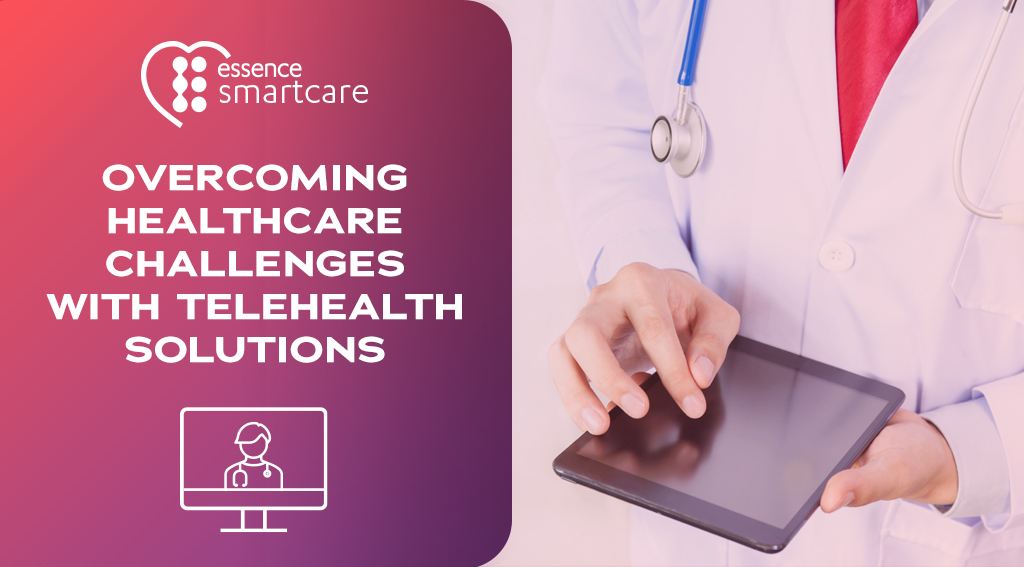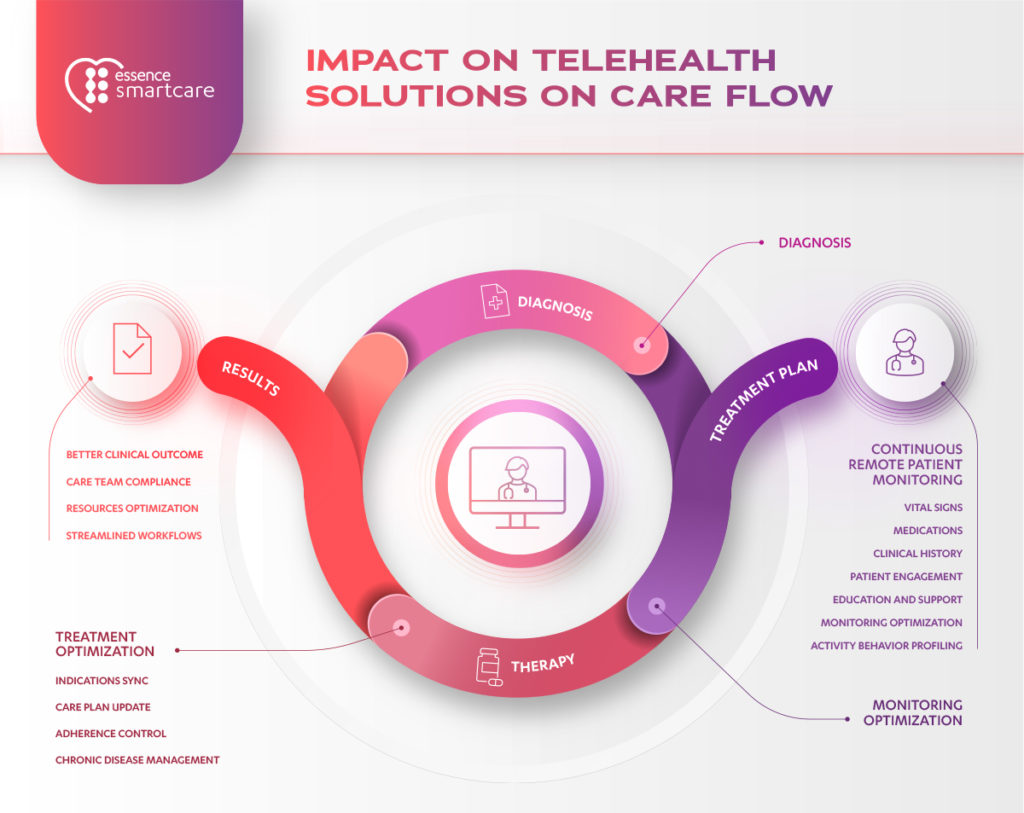
In the rapidly evolving healthcare landscape, the pursuit of effective patient care has become a top priority. As discussed in our previous article in this series, the attainment of this goal is largely dependent on digital healthcare transformation, which is expected to reshape the healthcare ecosystem to deliver better patient outcomes and improve resource utilization. In this article, we’ll explore some challenges facing healthcare organizations and how key technology solutions can help address them.
The Goal and Challenges of Healthcare Organizations
Healthcare organizations around the world share a common goal: to provide the highest quality of care to their patients. This commitment extends to providing patient-centric care that addresses individual needs while maintaining the highest standards of compliance and data management. However, achieving this goal in today’s healthcare landscape is not without its challenges. Staff shortages and burnout, poor patient experience and adherence, big data management are among the key challenges driving healthcare providers further from their objectives. These and other factors lead to the escalating costs in healthcare organizations.
Attempts to address these issues with digital tools have often proven to be inadequate, creating patient data overload instead of streamlining processes. Myriad types of data, collected from many different sources, are often stored on different platforms, making it difficult to access when needed. This makes many existing digital healthcare systems costly, complex and unreliable. So, what can healthcare providers do to find the right Digital Health solution? How can they make their digital transformation process more adequate and focused? The key is to increase the accessibility of remote, virtual, and automated care – and effective collation of data.

What Can Health Providers Do to Promote the Right Kind of Healthcare Digital Transformation?
Boost investments in MedTech and Health IT solutions: Embracing digital technologies empowers healthcare providers to enhance care quality, streamline operations, expand access to healthcare services, and make data-driven decisions.
Improve Compliance through Digital Patient Engagement and Experience: The ability to connect with patients remotely and offer a seamless, user-friendly experience ensures higher compliance and patient satisfaction.
Adopt and Expand RPM: Rapid adoption and expansion of Remote Patient Monitoring (RPM) will allow for continuous monitoring of vital signs and patient data, reducing the likelihood of readmissions, improving patient recovery, and enhancing engagement. It can also enable healthcare providers to understand patient needs and create personalized care plans based on data.
Leverage Automation and AI: Automation and Artificial Intelligence (AI) play pivotal roles in healthcare transformation. AI technology in telemedicine allows healthcare providers to identify and flag potential health risks while developing personalized care plans to improve patient outcomes. That allows to optimize resource allocation, boost business outcomes, and increase staff satisfaction and retention.
VitalOn: A Solution for the Future
One existing technology platform that offers an all-in-one solution to these requirements is VitalOn. This cutting-edge platform brings together the best of Digital Health, telecare and wellness technologies into a single, unified, connected, always-on platform. It leverages intelligent, data-based resource allocation to improve business outcomes and staff satisfaction, while simplifying usability to ensure patient compliance and provide ongoing monitoring of safety, vitals and wellness. VitalOn’s advanced cloud connectivity and seamless integration with healthcare devices enable 24/7 centralized data collection and reliable communication.
Read our next article to go deeper into the concept of remote healthcare and get a clear view of how technological innovations like VitalOn guide healthcare into a more proactive and efficient era of patient care.
